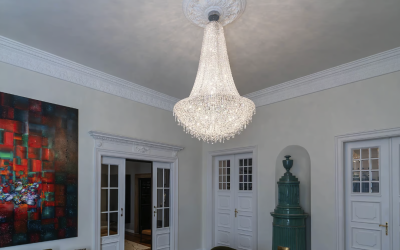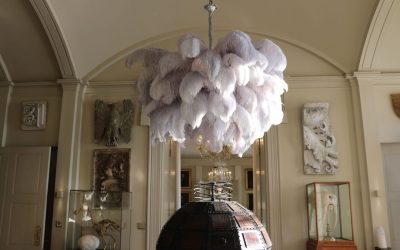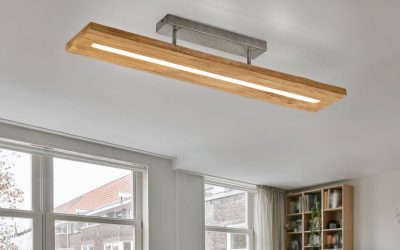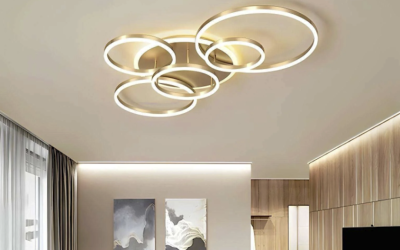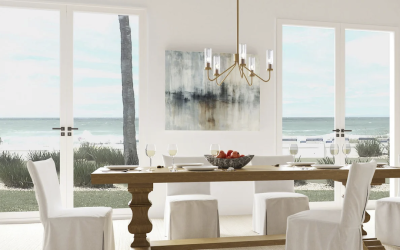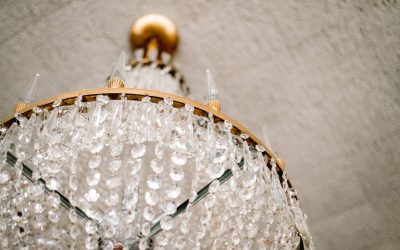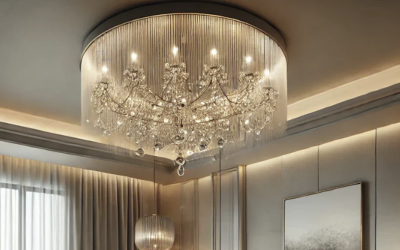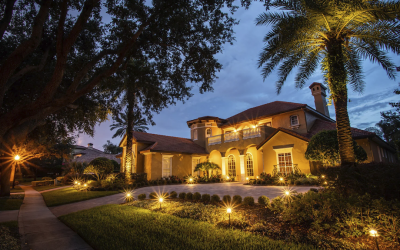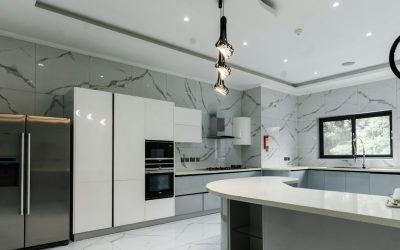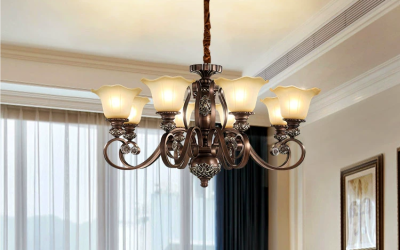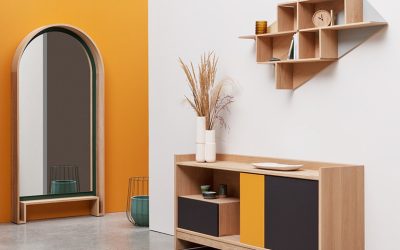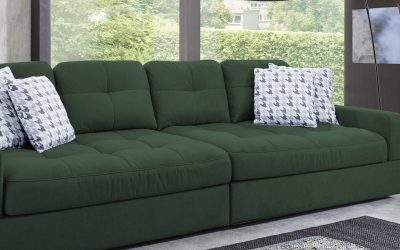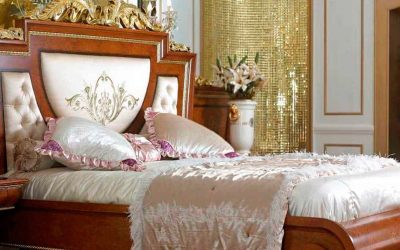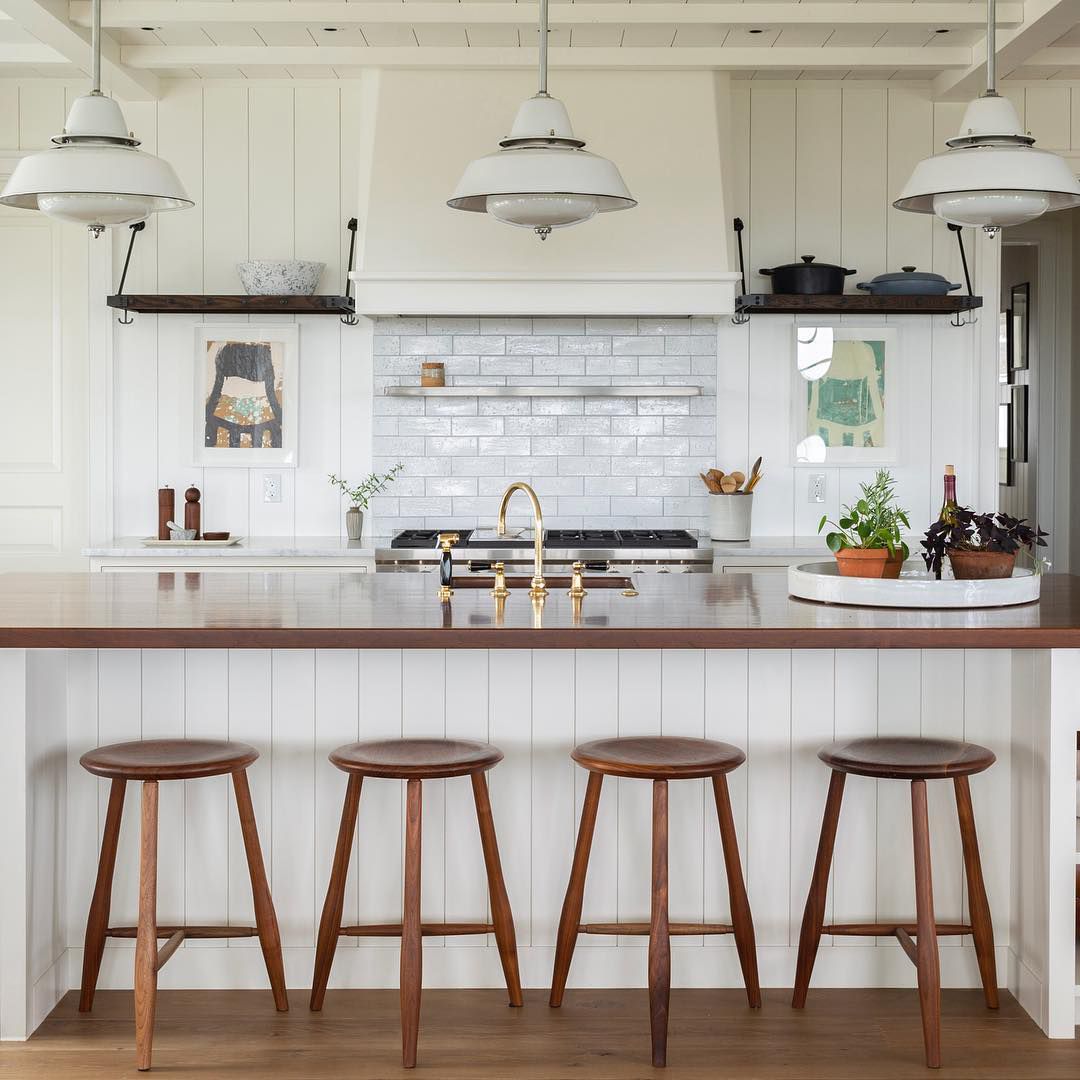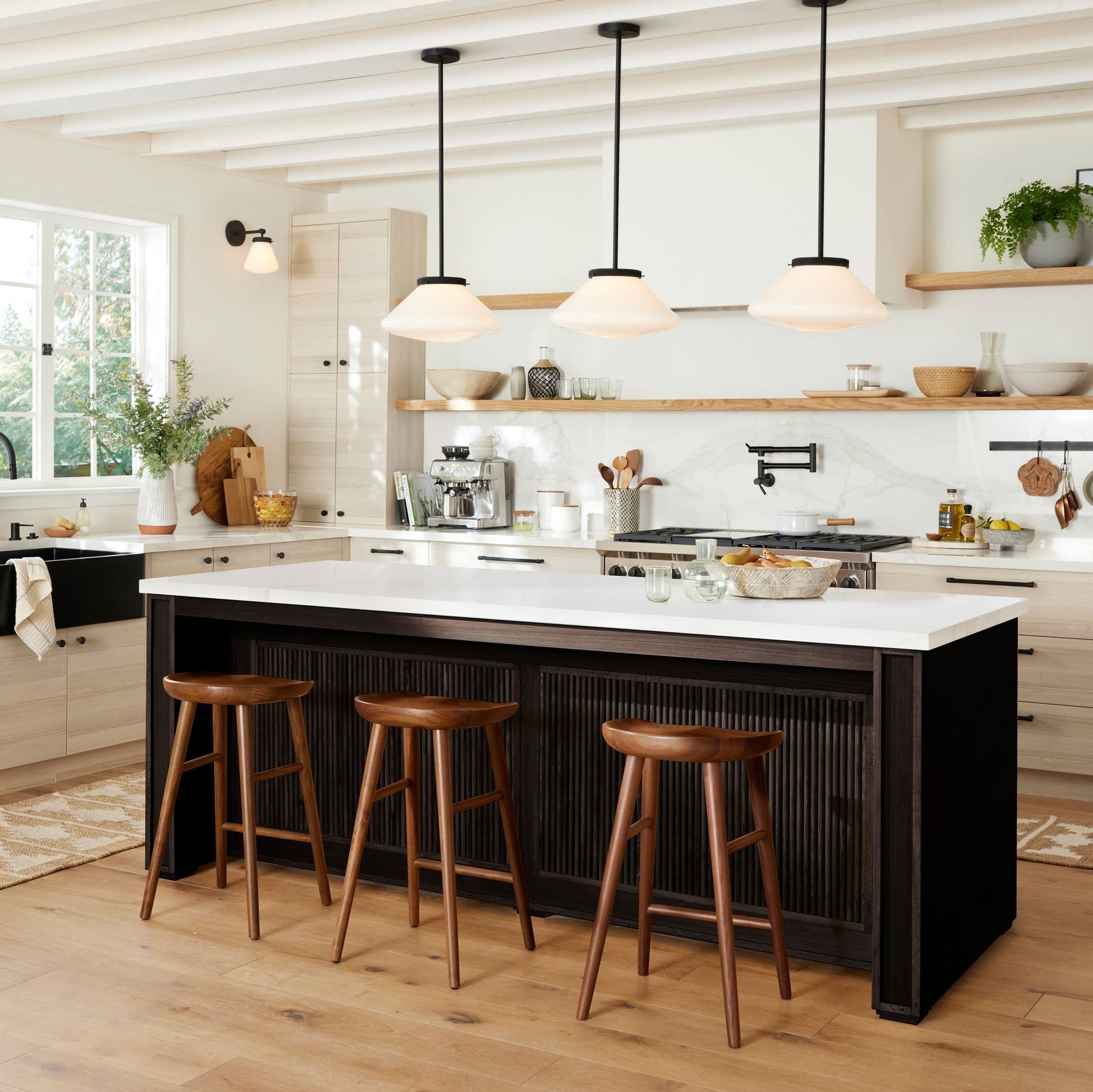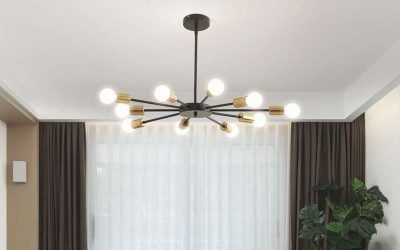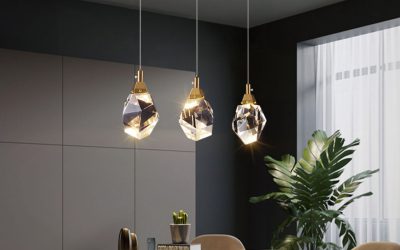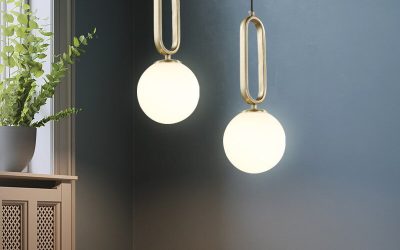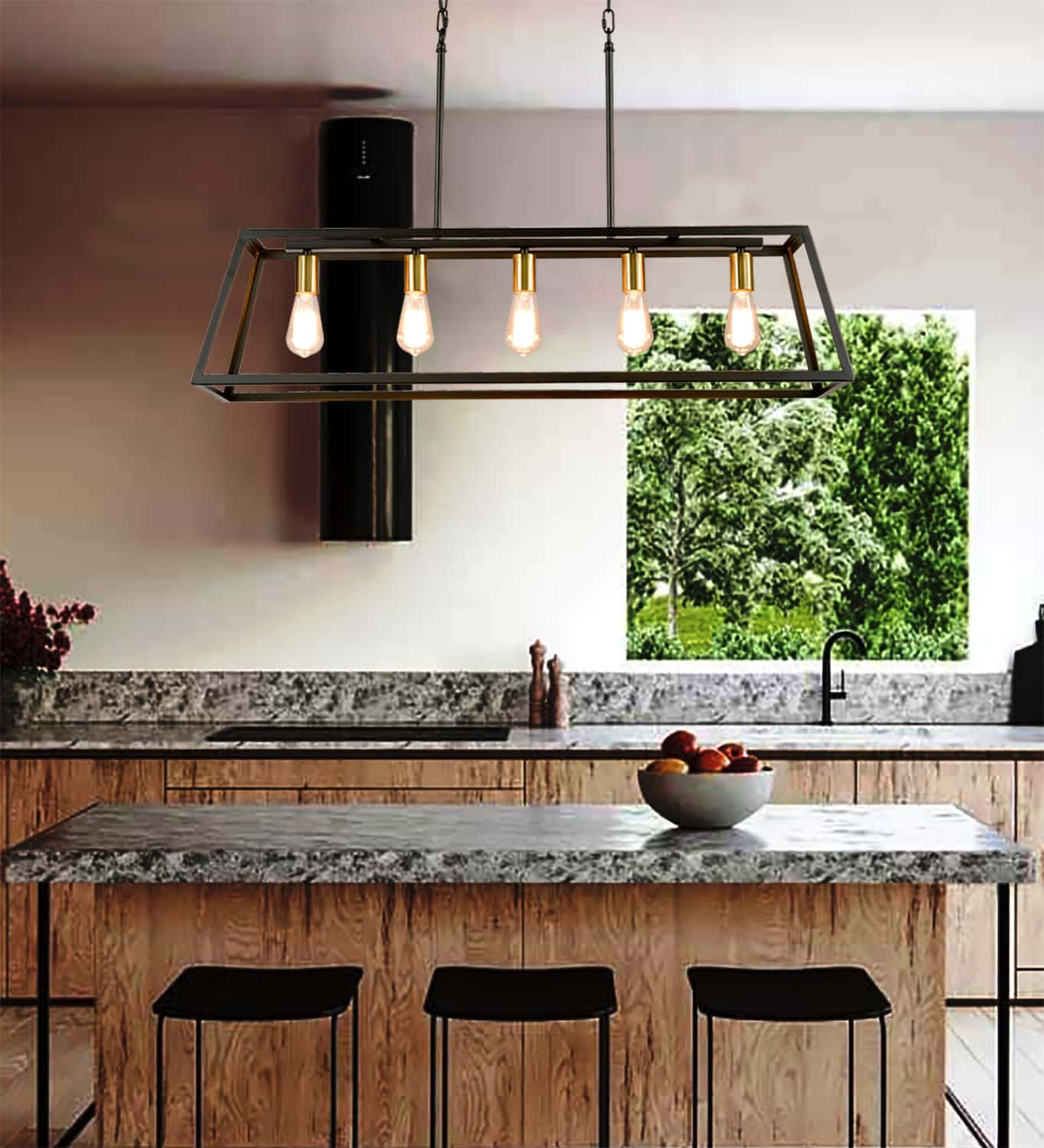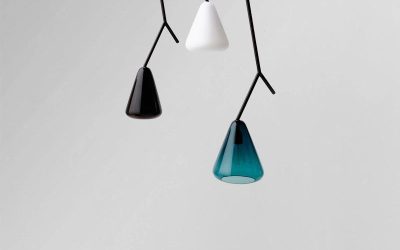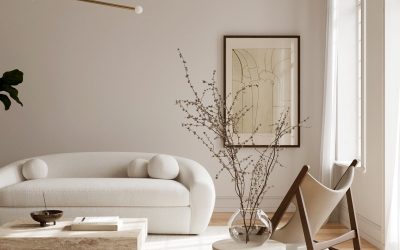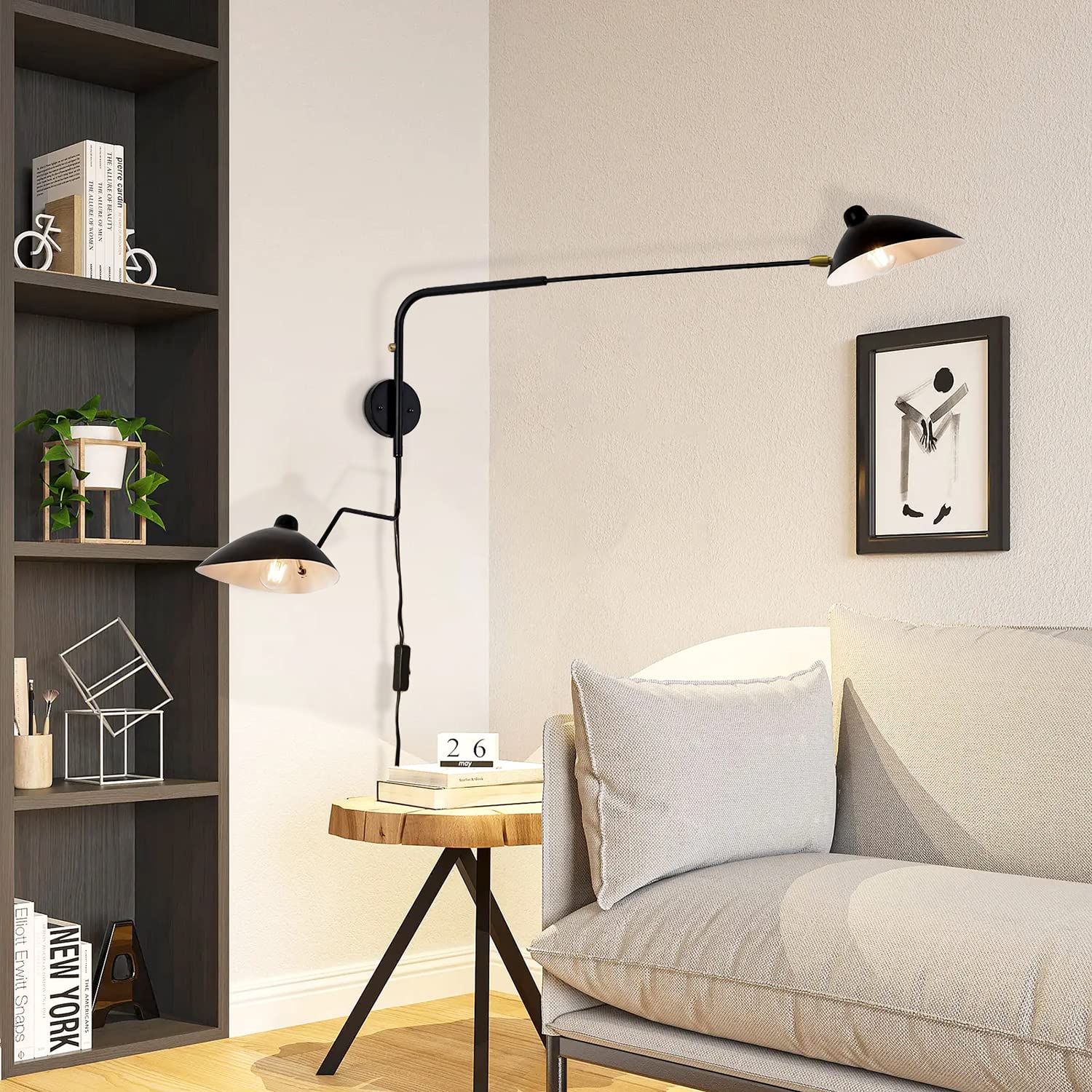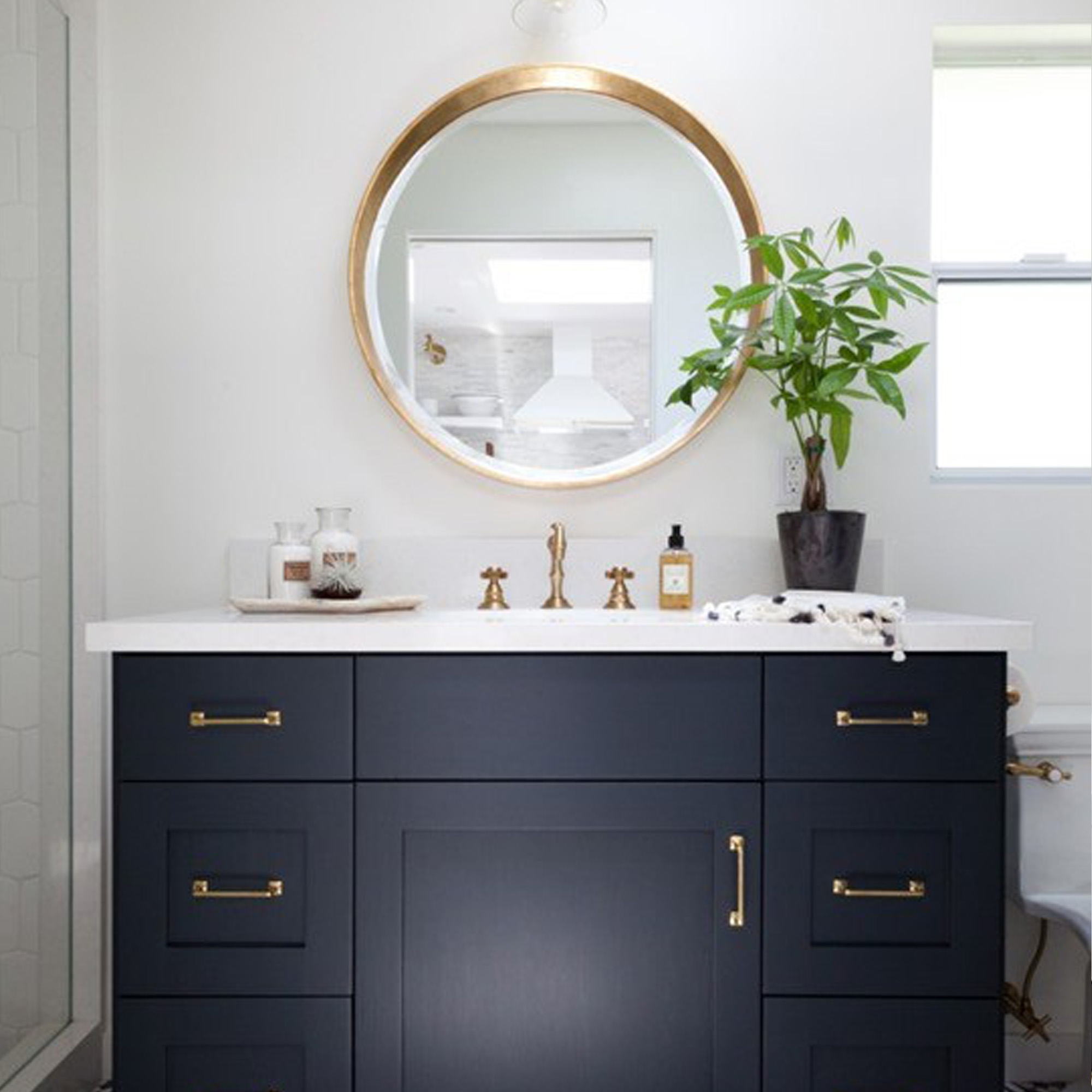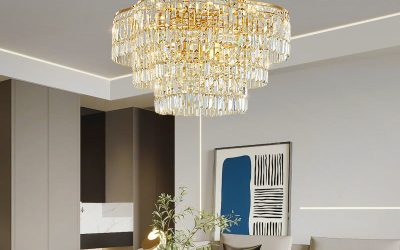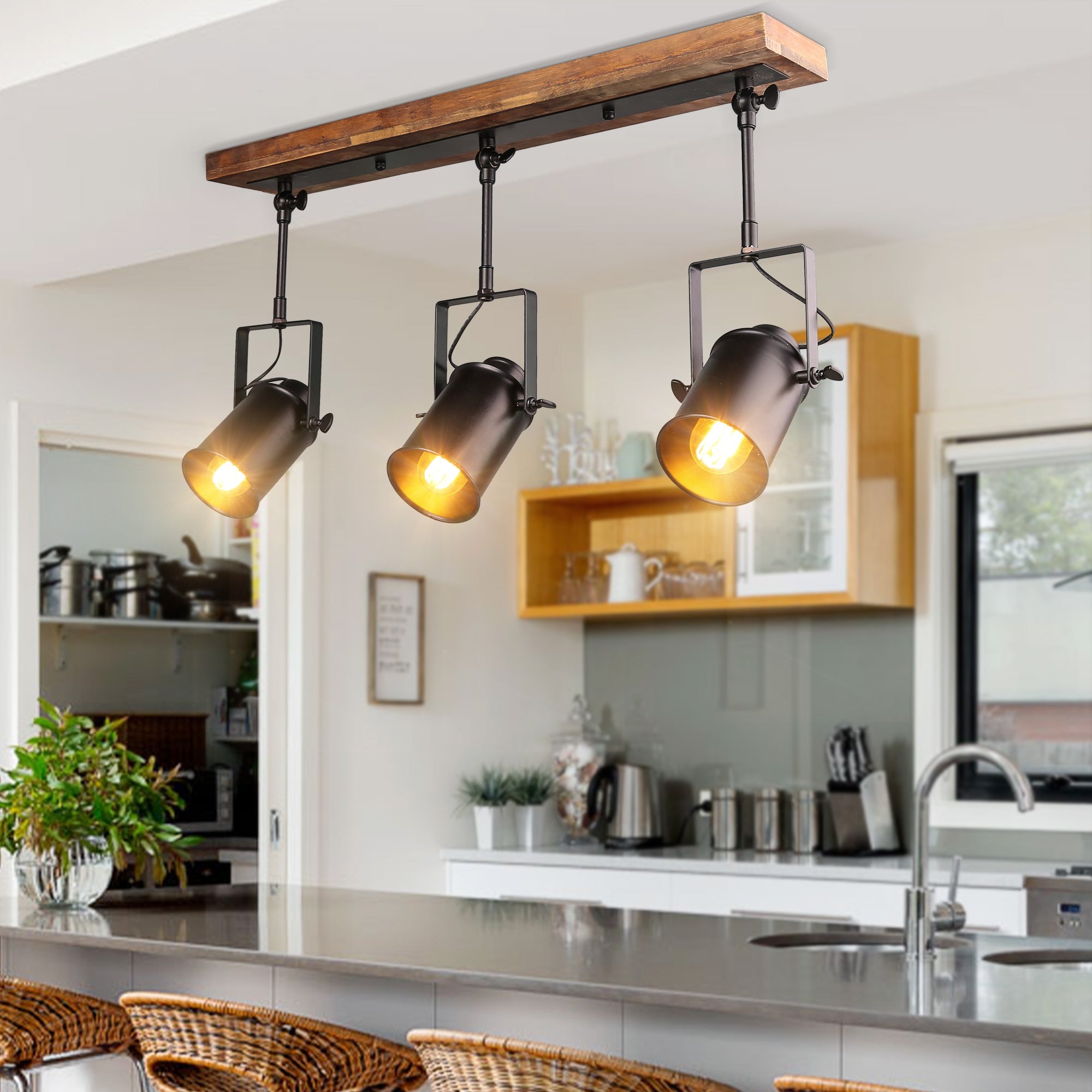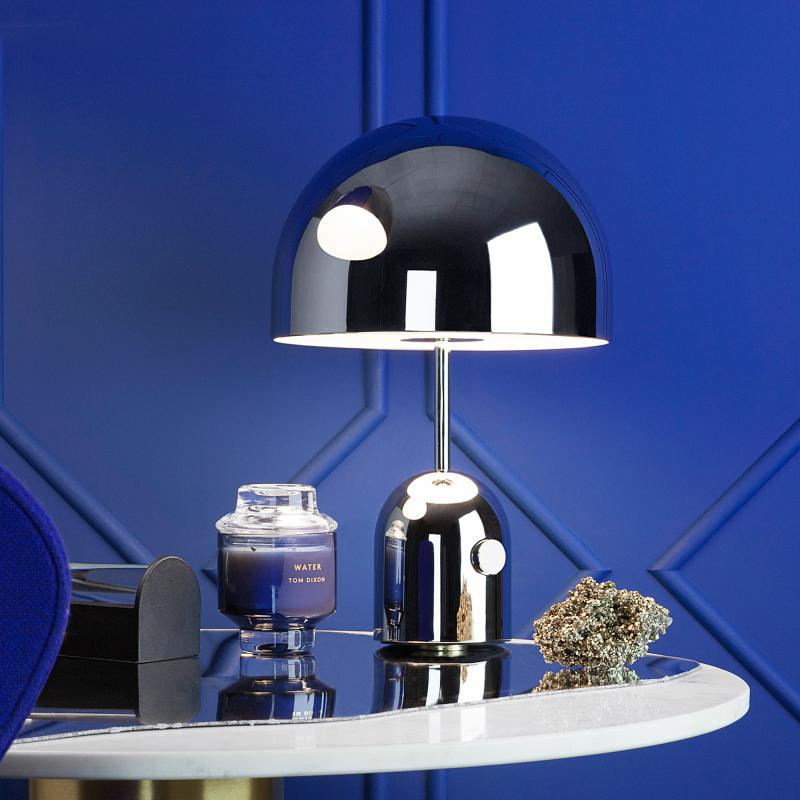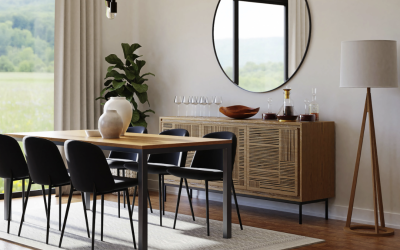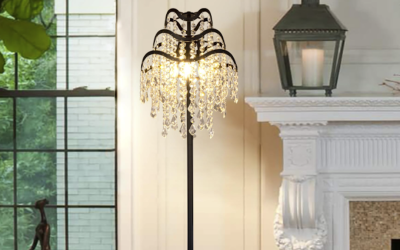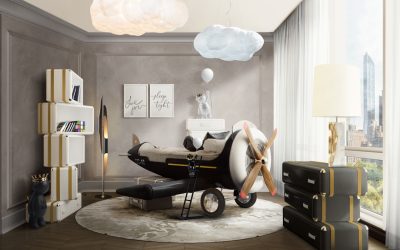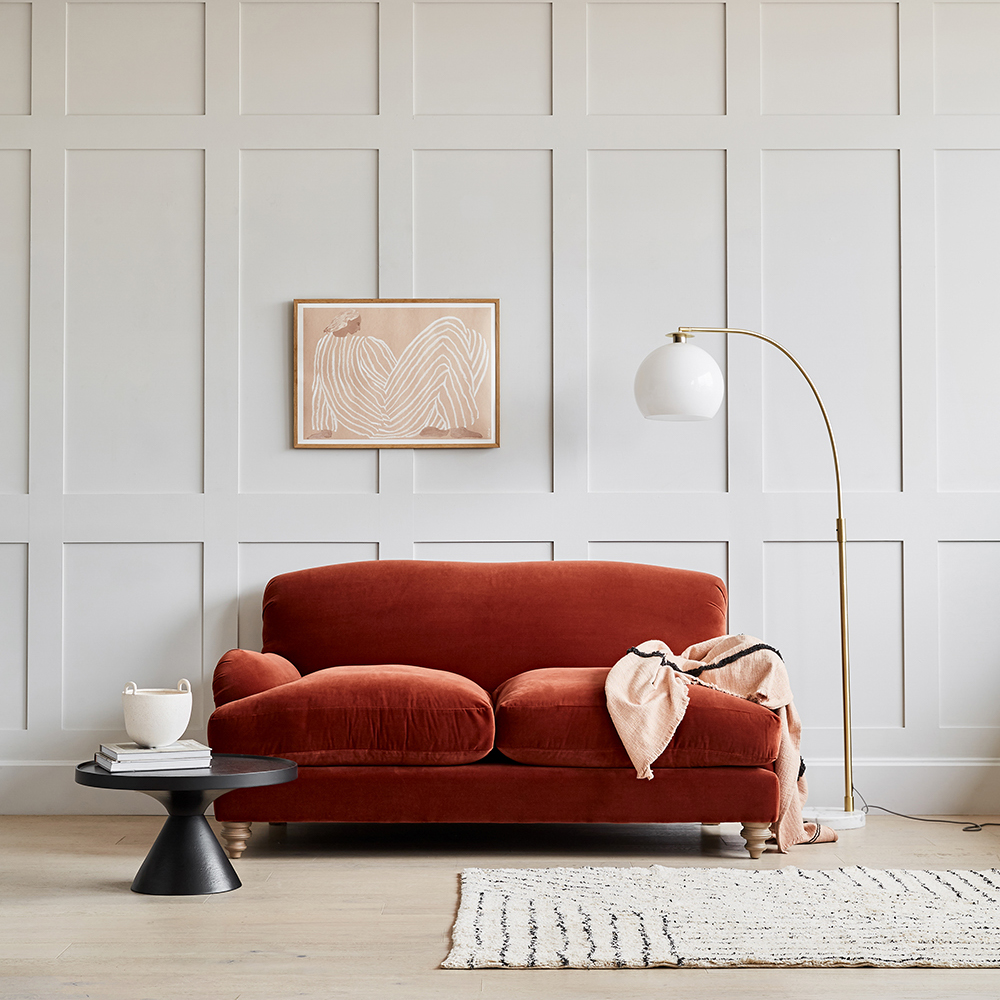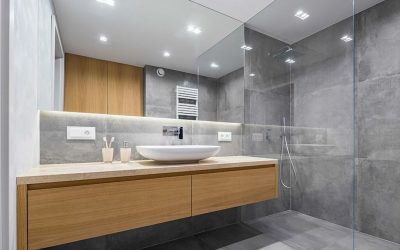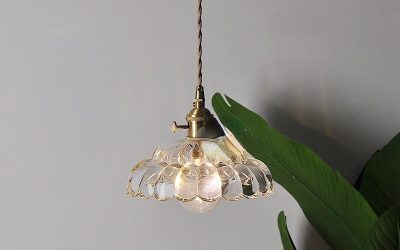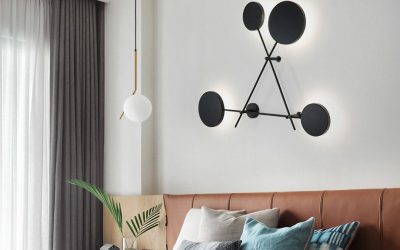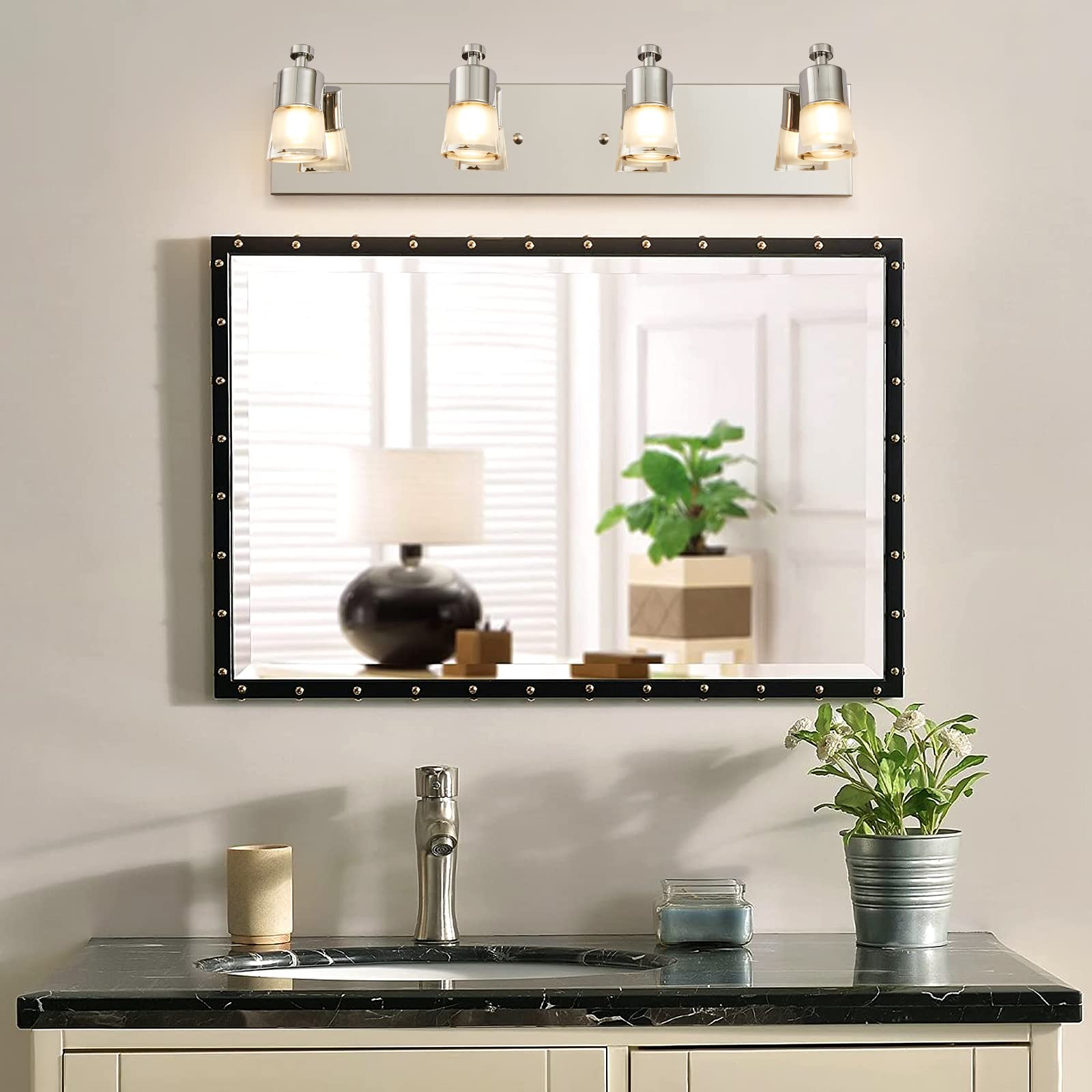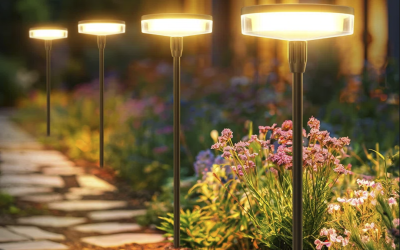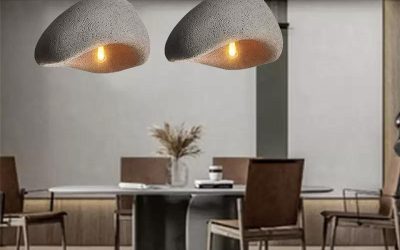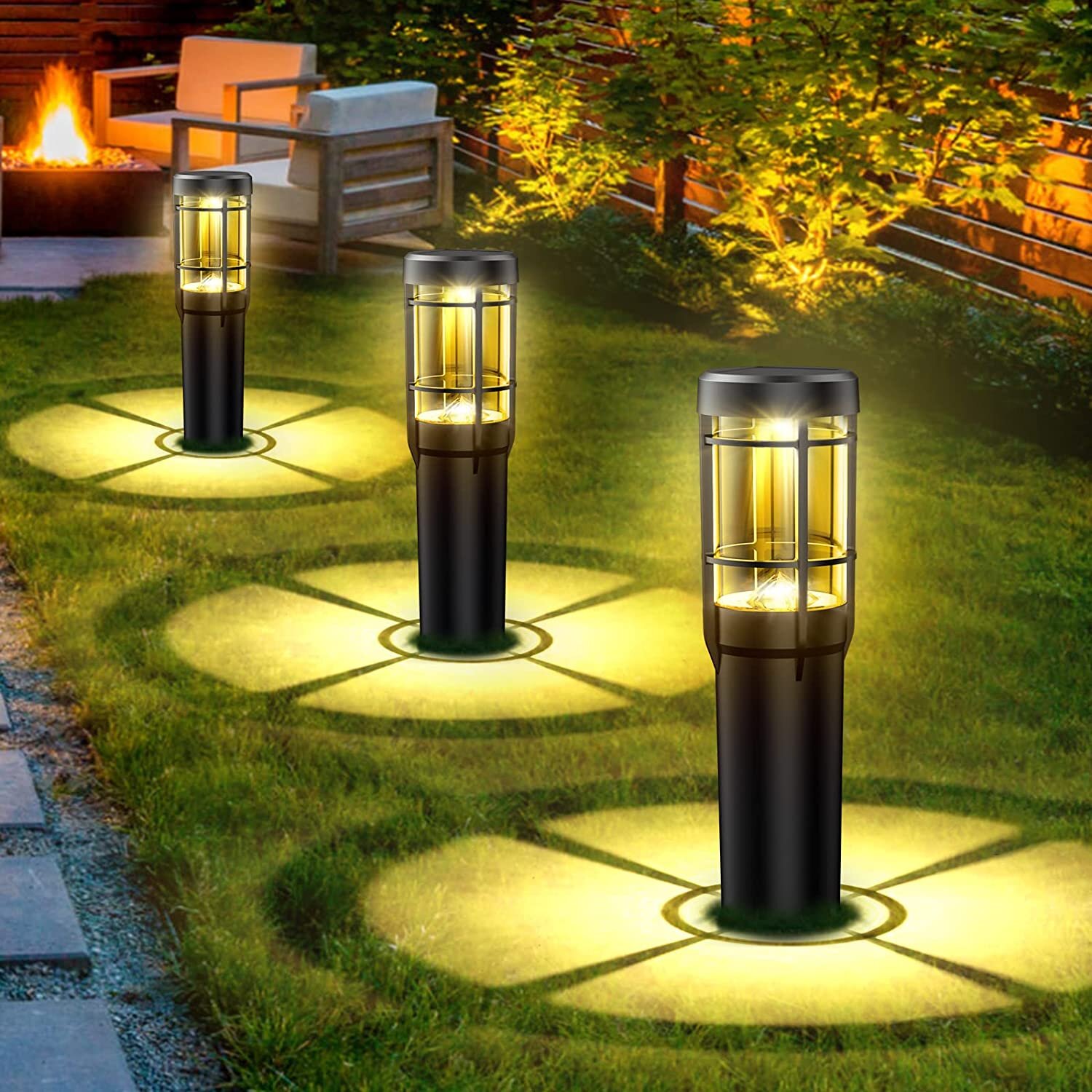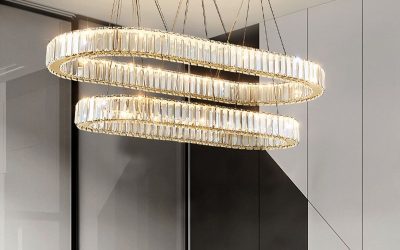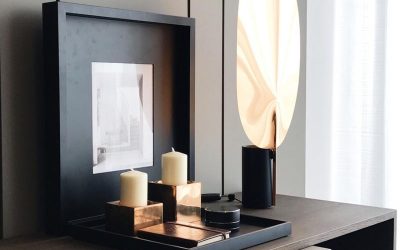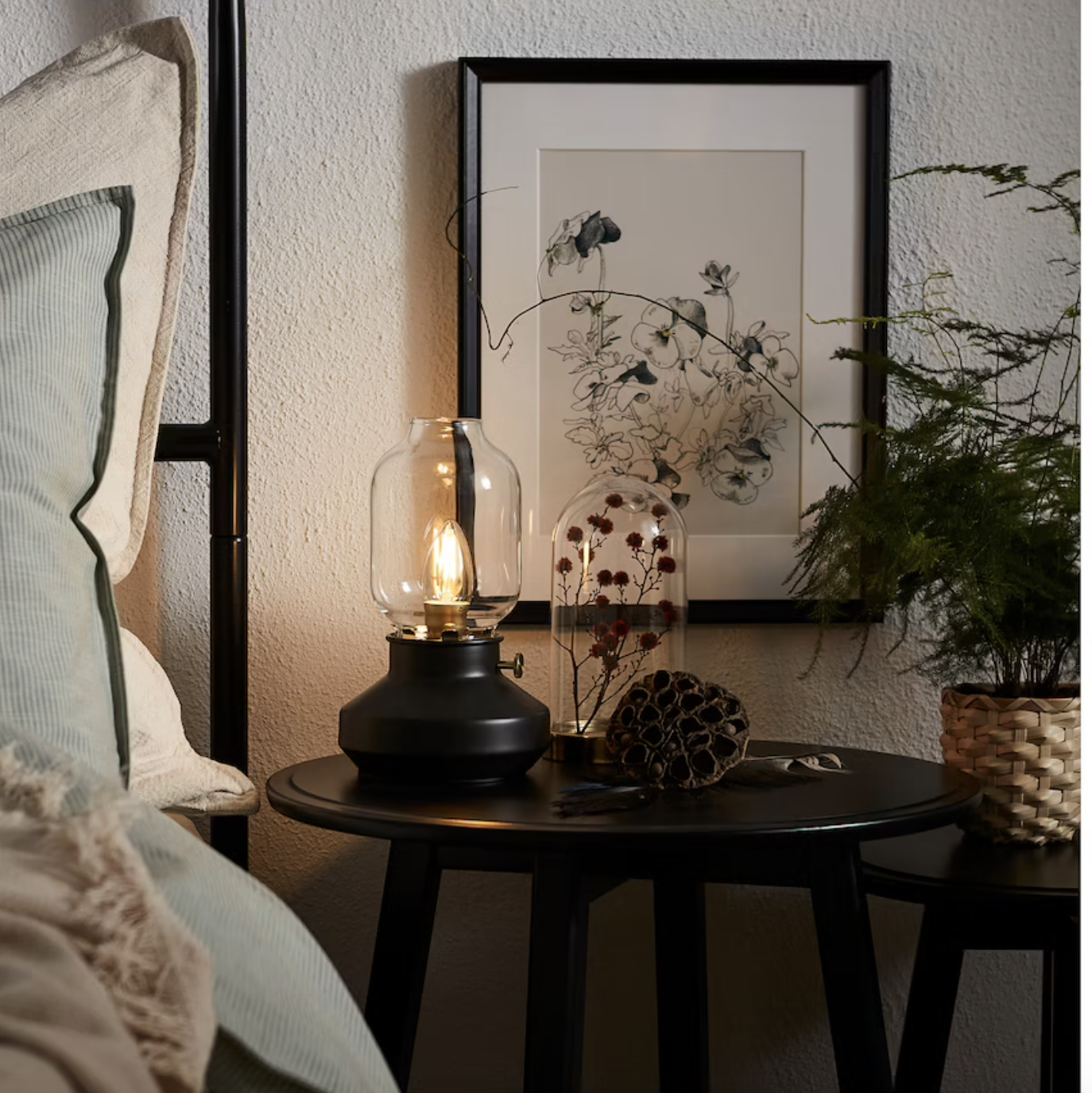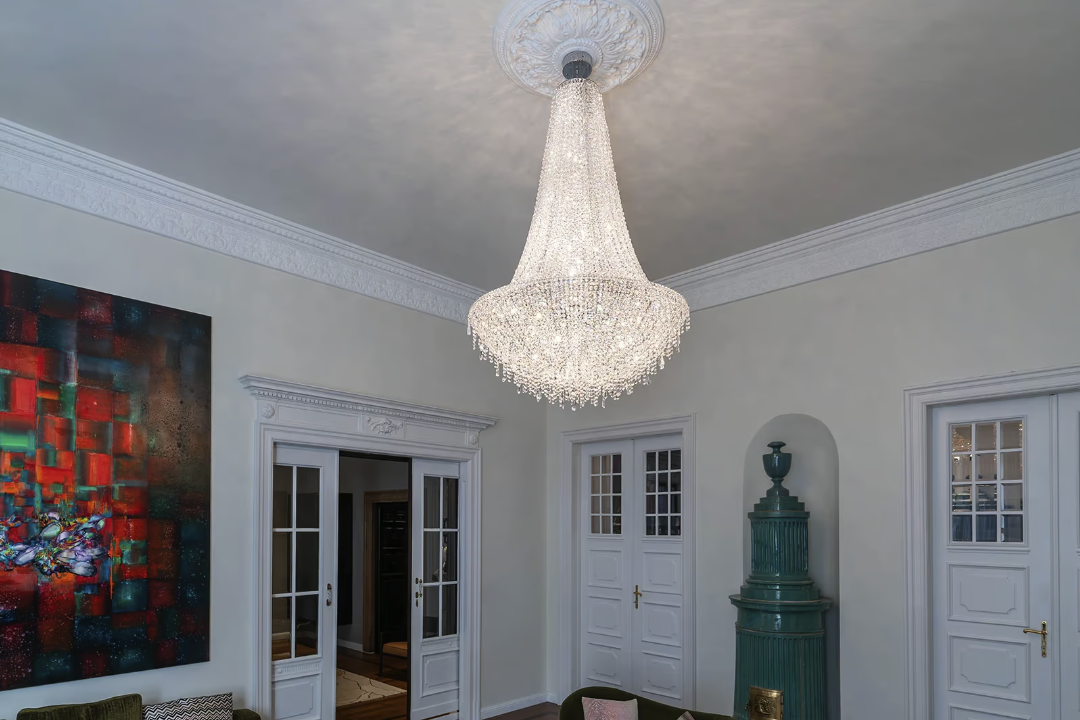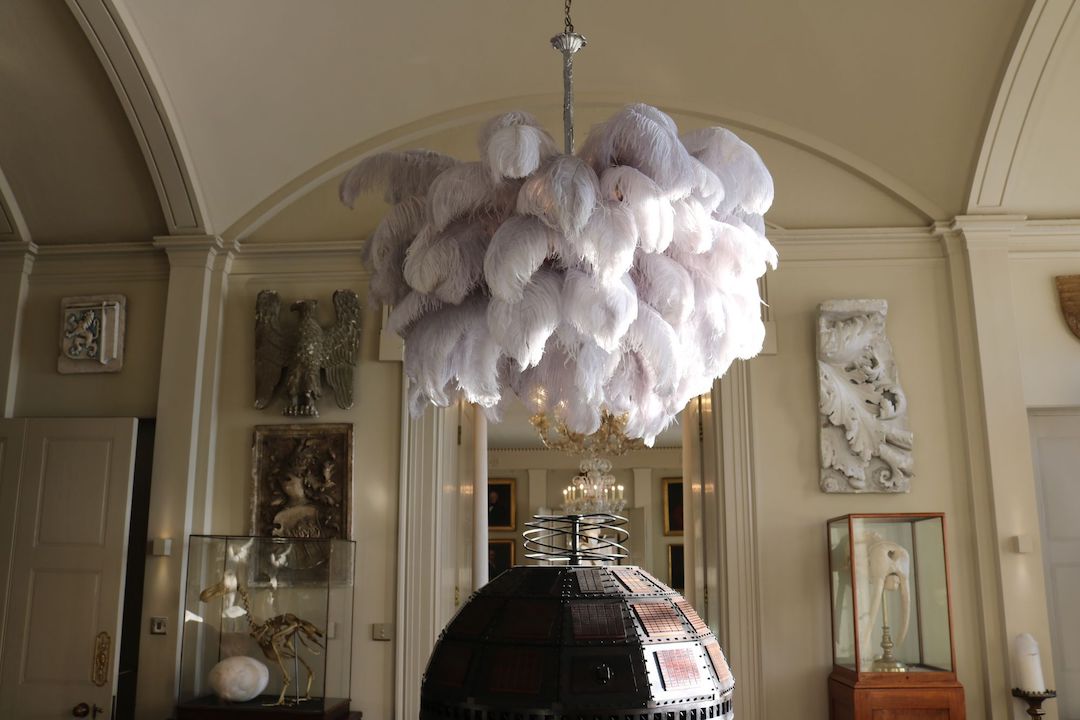Nordic design has gained popularity in recent years for its minimalist and functional aesthetic. It is characterized by clean lines, simplicity, and a focus on natural materials. Nordic design is known for its use of light, both natural and artificial, to create a warm and inviting atmosphere. Lighting plays a crucial role in Nordic interiors, as it enhances the overall aesthetic and creates a cozy ambiance.
The Importance of Lighting in Nordic Design
Lighting is an essential element in Nordic design as it can greatly enhance the overall aesthetic of a space. Natural light is highly valued in Nordic interiors, as it creates a sense of openness and connection to the outdoors. Large windows are often used to maximize natural light, and light-colored walls and furniture help to reflect and amplify the natural light.
In addition to natural light, artificial lighting is also carefully considered in Nordic design. The use of pendant lights, floor lamps, and table lamps can help to create a warm and inviting atmosphere. Soft, diffused lighting is preferred over harsh, direct lighting. The goal is to create a cozy ambiance that is both functional and visually pleasing.
Choosing the Right Chandelier for Your Space
When selecting a chandelier for your Nordic-inspired space, there are several factors to consider. First, you’ll want to determine the appropriate size for your chandelier based on the size of your room and the height of your ceiling. A general guideline is to choose a chandelier that is one-third the width of your dining table or one-half the width of your entryway.
Placement is also important when choosing a chandelier. In dining rooms, the chandelier should be centered over the table, with enough clearance for people to comfortably sit and stand. In entryways or living rooms, the chandelier should be placed in a central location that allows for even distribution of light throughout the space.
Popular chandelier styles for Nordic-inspired interiors include minimalist designs with clean lines and simple shapes. Scandinavian design often incorporates natural materials such as wood and metal, so chandeliers made from these materials can complement the overall aesthetic. Glass and crystal chandeliers can also work well in Nordic interiors, as they add a touch of elegance and sophistication.
Materials and Finishes for a Nordic-Inspired Chandelier
Common materials used in Nordic chandeliers include wood, metal, and glass. Wood is often used for the frame or body of the chandelier, as it adds warmth and natural beauty to the space. Metal, such as brass or copper, can be used for the arms or accents of the chandelier, adding a touch of sophistication. Glass is commonly used for the shades or globes of the chandelier, as it allows for a soft and diffused light.
Popular finishes for a Nordic look include natural wood tones, matte black, and brushed metal. Natural wood finishes are often used to highlight the beauty of the grain and add warmth to the space. Matte black finishes can create a sleek and modern look, while brushed metal finishes add a touch of elegance.
When choosing materials and finishes for your chandelier, it’s important to consider how they will complement your space. If you have a lot of natural wood furniture, a wooden chandelier may be the perfect choice. If you have a more modern aesthetic, a matte black or brushed metal finish may be more suitable.
Incorporating Natural Elements into Your Chandelier Design
One way to bring the outdoors into your Nordic-inspired space is by incorporating natural elements into your chandelier design. This can be done by using materials such as wood or incorporating natural motifs into the design. For example, a chandelier with wooden branches or leaves can create a rustic and organic look.
Examples of natural elements used in Nordic chandeliers include driftwood, antlers, and feathers. These elements add a touch of nature and create a unique and personalized chandelier design. By incorporating natural elements into your chandelier, you can create a focal point in your space that reflects your love for the outdoors.
Tips for incorporating natural elements into your chandelier design include choosing materials that are sustainable and eco-friendly. Look for reclaimed wood or ethically sourced antlers to ensure that your chandelier is environmentally conscious. Additionally, consider the overall aesthetic of your space and choose natural elements that complement the existing decor.
Creating a Cozy Atmosphere with Warm Lighting

Warm lighting is an important aspect of Nordic design, as it helps to create a cozy and inviting atmosphere. This can be achieved through the use of warm-colored light bulbs or by using dimmer switches to control the intensity of the light. Soft, diffused lighting is preferred over harsh, direct lighting.
One way to create a cozy atmosphere with your chandelier is by using warm-colored light bulbs. Warm white or soft white bulbs emit a yellowish light that mimics the warmth of natural sunlight. This can create a welcoming and comfortable ambiance in your space.
Another way to create a cozy atmosphere is by using dimmer switches to control the intensity of the light. This allows you to adjust the lighting to suit your mood or the occasion. Dimming the lights can create a more intimate and relaxed atmosphere, perfect for entertaining or unwinding after a long day.
Examples of warm lighting in Nordic interiors include pendant lights with soft, diffused shades, table lamps with warm-colored bulbs, and floor lamps with adjustable dimmers. These lighting fixtures can be strategically placed throughout your space to create a warm and inviting ambiance.
Minimalist Chandelier Designs for a Scandinavian Look
Minimalism is a key aspect of Nordic design, as it focuses on simplicity and functionality. Minimalist chandeliers are characterized by clean lines, simple shapes, and a lack of ornate details. These chandeliers can create a sleek and modern look in your space.
Examples of minimalist chandeliers for a Scandinavian look include geometric designs, linear fixtures, and simple pendant lights. These chandeliers often feature metal or glass materials, as they add a touch of elegance and sophistication to the space. The goal is to create a chandelier that is visually appealing without being overly ornate or fussy.
Tips for incorporating a minimalist chandelier into your space include choosing a design that complements the existing decor. If you have a lot of natural wood furniture, a metal chandelier may create a nice contrast. If you have a more modern aesthetic, a geometric or linear chandelier may be more suitable.
Mixing and Matching Chandelier Styles with Nordic Decor
Mixing and matching chandelier styles with Nordic decor can create a unique and personalized look in your space. By combining different styles, you can create a cohesive and visually interesting design that reflects your personal style.
Examples of different chandelier styles that work well in Nordic interiors include industrial, vintage, and bohemian. An industrial-style chandelier with exposed bulbs and metal accents can add an edgy and modern touch to your space. A vintage-style chandelier with ornate details and crystal accents can create a sense of elegance and sophistication. A bohemian-style chandelier with natural materials and eclectic shapes can add a touch of whimsy and creativity.
Tips for creating a cohesive look with mixed chandelier styles include choosing a common element or theme that ties the different styles together. This could be a specific material, such as wood or metal, or a color palette that is consistent throughout the space. By finding common ground between the different styles, you can create a harmonious and visually appealing design.
DIY Chandelier Projects for a Personalized Touch
If you’re looking to add a personal touch to your Nordic-inspired space, consider a DIY chandelier project. DIY chandeliers allow you to create a unique and one-of-a-kind piece that reflects your personal style and creativity. There are many ideas and tutorials available online to help you get started.
Ideas for DIY chandelier projects include using found objects, such as driftwood or vintage bottles, to create a unique and personalized design. You can also repurpose old light fixtures or create your own from scratch using materials such as wire, beads, or fabric.
When personalizing your chandelier, consider the overall aesthetic of your space and choose materials and finishes that complement the existing decor. For example, if you have a lot of natural wood furniture, consider incorporating wooden elements into your chandelier design. If you have a more modern aesthetic, consider using sleek and minimalist materials.
Maintenance and Cleaning Tips for Your Nordic-Inspired Chandelier
Proper maintenance and cleaning are important to keep your Nordic-inspired chandelier looking its best. Regular dusting can help to prevent buildup and maintain the overall appearance of the chandelier. Use a soft cloth or feather duster to gently remove dust from the surface of the chandelier.
For more thorough cleaning, you may need to remove the chandelier from the ceiling. Before doing so, make sure to turn off the power to the chandelier at the circuit breaker. Carefully remove any glass shades or globes and clean them with a mild glass cleaner or soapy water. Use a soft cloth or sponge to gently wipe away any dirt or grime.
When cleaning the metal or wood components of the chandelier, use a soft cloth or sponge dampened with mild soap and water. Avoid using abrasive cleaners or scrub brushes, as they can damage the finish of the chandelier. After cleaning, make sure to thoroughly dry all components before reassembling and reinstalling the chandelier.
Common mistakes to avoid when cleaning your chandelier include using harsh chemicals or abrasive cleaners, using excessive force when wiping or scrubbing, and not properly drying the components before reassembling. By following these maintenance and cleaning tips, you can keep your Nordic-inspired chandelier looking beautiful for years to come.

